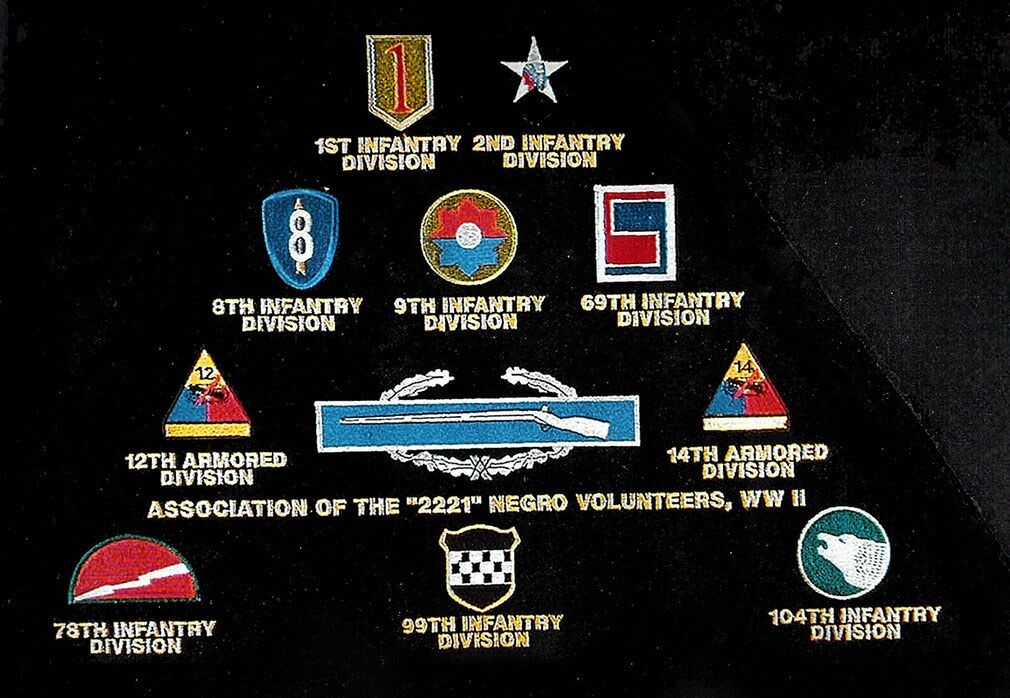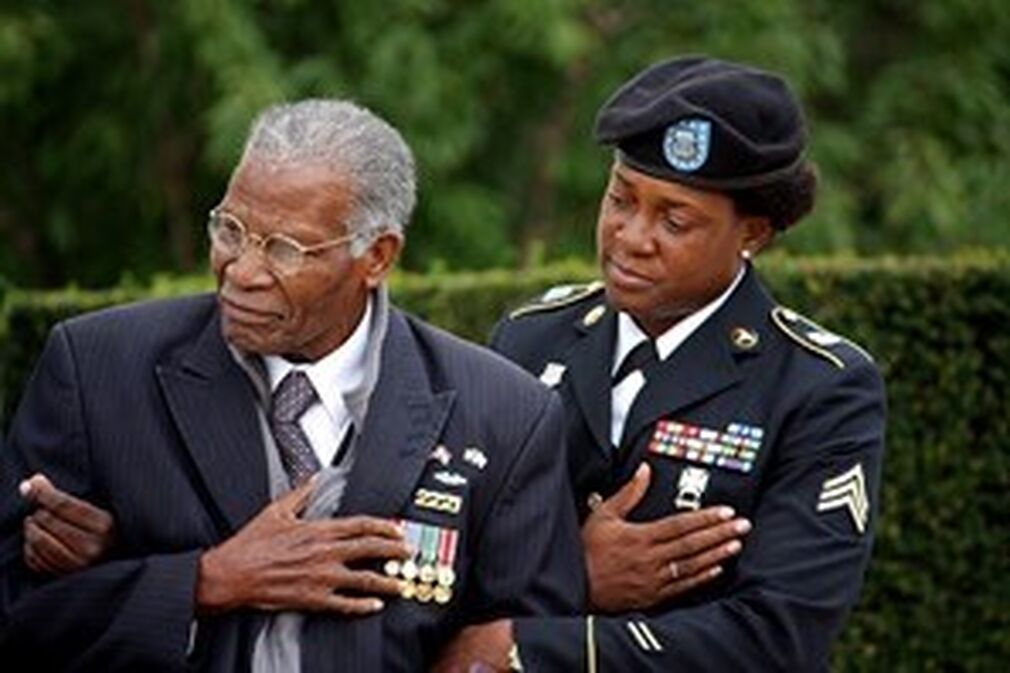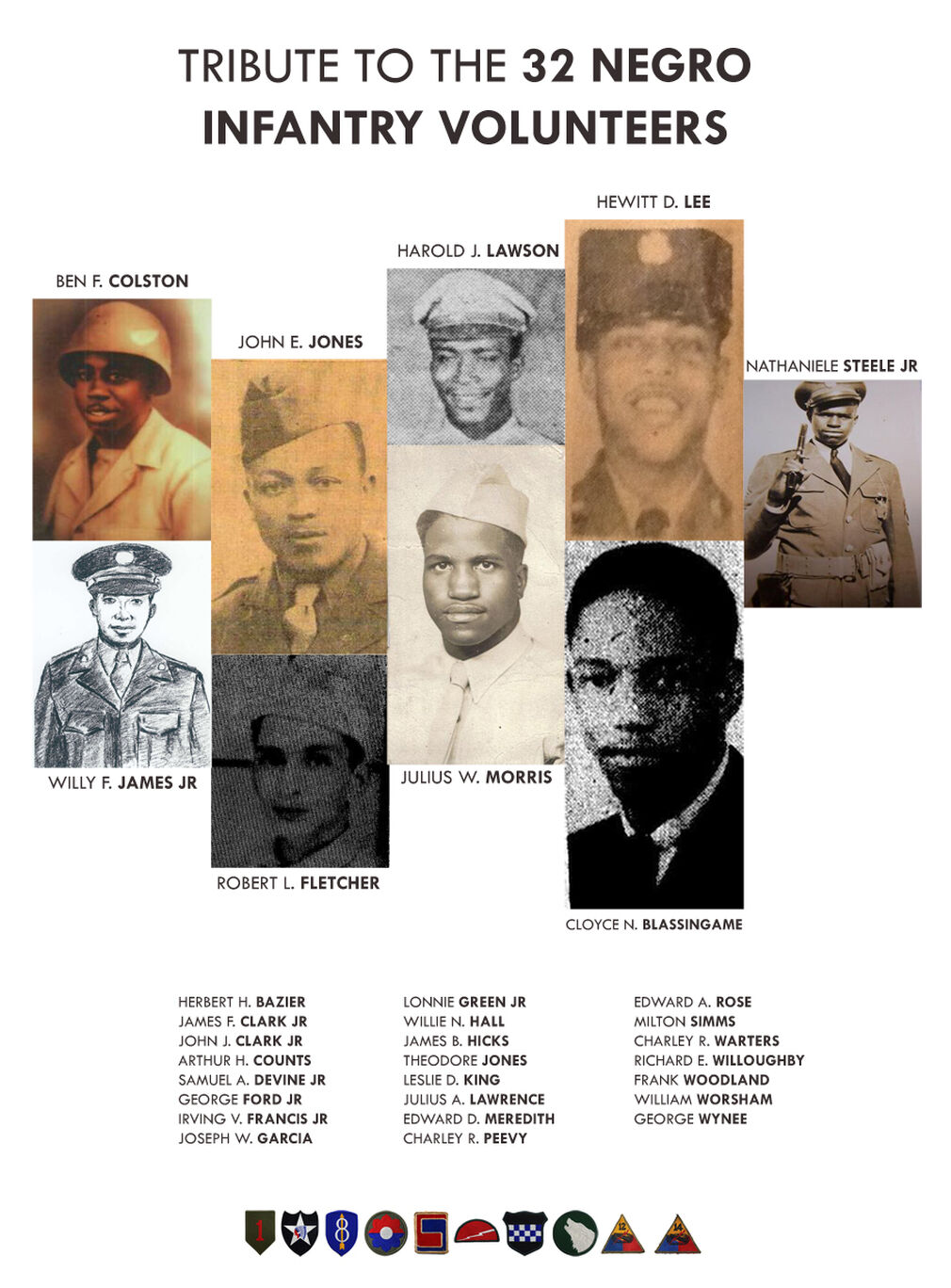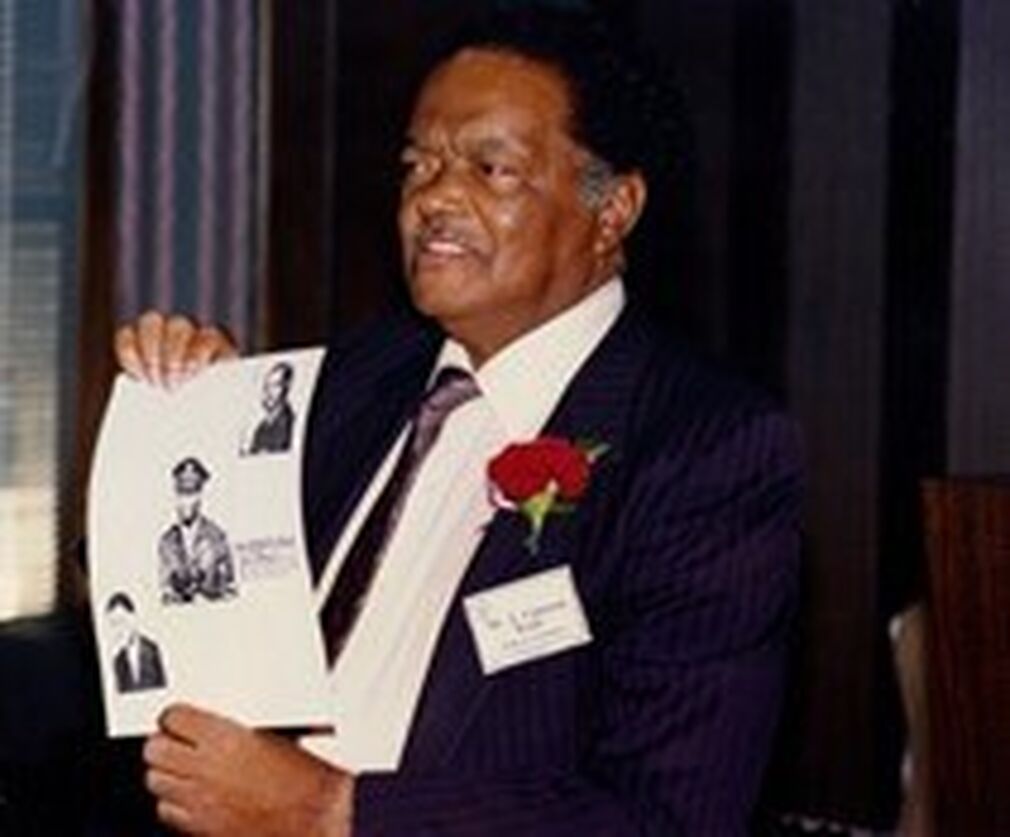The 2221 Negro infantry volunteers
The temporary desegregation of the U.S.Army
By mid-December 1944, there was an urgent need for riflemen. Ever since July 1944, the U.S. had experienced critical shortages, which only further increased as a result of the Nazi-German counteroffensive known as the Battle of the Bulge. As a result, the army command made the unprecedented decision to temporarily disregard the policy of racial segregation by allowing Black soldiers to serve in the infantry.
The plan came from Lieutenant General John C. H. Lee, General Eisenhower’s deputy commander, and head of the Communications Zone (Com Z). As head of Com Z, Lee oversaw the logistical operations in Europe, including the Red Ball Express. Therefore, the majority of Black soldiers served under his command. An early advocate for racial equality, Lee believed that the Black Americans serving in service units could help put an end to the shortage of riflemen. With some adjustments, his plan was adopted by General Eisenhower. On December 26, the call to volunteer for the infantry went out.
4,562 Black soldiers answered the call. Fearing shortages in other units, only 2,800 soldiers were actually selected to make the transfer. The men who were selected had to report to the 16th Reinforcement Depot in Compiegne no later than January 10, 1945. They would be relieved of their current duties and then temporarily assigned to the Ground Force Reinforcement Command and organized into the 47th Reinforcement Battalion, 5th Retraining Regiment, under the command of Col. Alexander George. After training, the first 2,253 soldiers were formed into 37 platoons that were added to existing, white infantry divisions in early March. While Black soldiers served in separate platoons, rather than side-by-side with their fellow countrymen, this marked the first time where integrated units were created in the history of the armed forces. Another sixteen platoons finished their training somewhat later.


Of those who reported, the majority of the non-commissioned officers were assigned a lower rank. They had to cover their insignia so that white soldiers did not have to worry about getting orders from Black soldiers. A large number of the Black infantry soldiers died in the months after volunteering. 32 of them are buried at the American cemetery in Margraten. Their stories are collected in a book that will be published in soon. (translation Margot Baar)
Among them is Private First Class Willy F. James Jr . He was one of the seven Black soldiers who were awarded the Medal of Honor, the highest U.S. military awarded, by President Bill Clinton in 1997. They were the first Black soldiers to receive the medal for actions in World War II, after a study had found that racism had denied Black soldiers the highest honor previously.




Post-war study
About 2,000 white soldiers from the infantry divisions to which the “negro infantry volunteers” had been assigned were questioned about their experiences. More than 80 percent of the white officers and noncommissioned officers who were interviewed reported that African American soldiers had performed "very well" in combat; 69 percent of the officers and 83 percent of the noncommissioned officers saw no reason why African American infantrymen should not perform as well as white infantrymen if both had the same training and experience. Most reported getting along very well" with the African American volunteers; the heavier the combat shared, the closer and better the relationships. Yet, it would take another few years before the U.S. armed forces would actually be desegregated.


